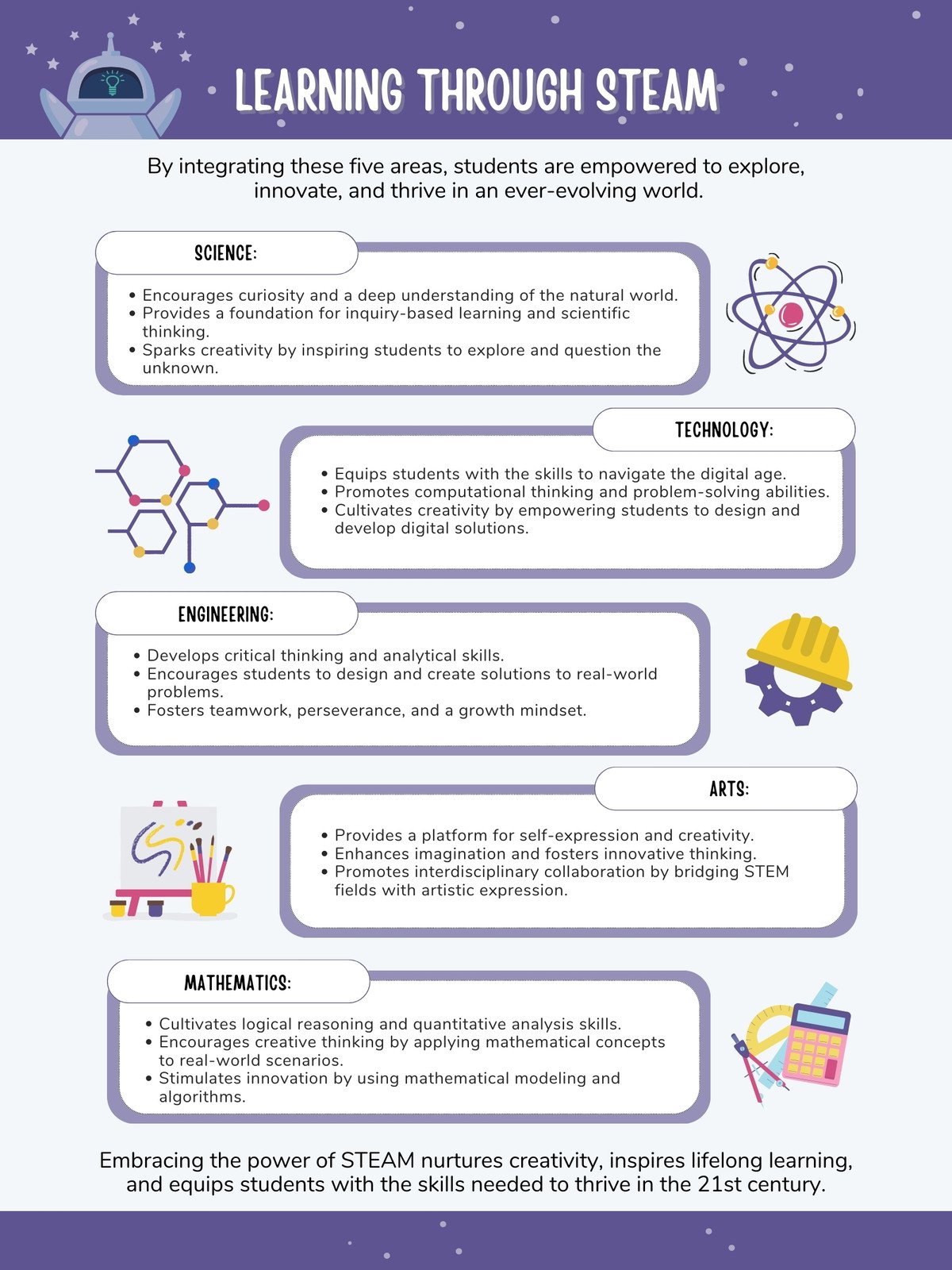AI Programming & Machine Learning: Core Concepts & Real-World Applications


- Artificial Intelligence (AI): Simulate human intelligence in machines
- Machine Learning (ML): Algorithm-based learning from data
- Deep Learning (DL): Neural networks for complex data analysis
Field | Description | Key Techniques |
|---|---|---|
AI | Simulating human intelligence in machines | Rule-based systems, expert systems |
ML | Learning from data without explicit programming | Regression, classification, clustering |
DL | Using neural networks for complex data analysis | Convolutional Neural Networks (CNNs), Recurrent Neural Networks (RNNs) |
Field | Description | Key Techniques |
|---|---|---|
AI | Simulating human intelligence in machines | Rule-based systems, expert systems |
ML | Learning from data without explicit programming | Regression, classification, clustering |
DL | Using neural networks for complex data analysis | Convolutional Neural Networks (CNNs), Recurrent Neural Networks (RNNs) |
- Linear Regression: Predict continuous outputs based on linear relationships
- Logistic Regression: Predict the probability of an instance belonging to a class
- Decision Trees: Partition data based on feature values for prediction
- Support Vector Machines (SVMs): Separates data points with an optimal hyperplane
- K-Means Clustering: Groups data points into clusters based on similarity
Algorithm | Type | Use Case | Pros | Cons |
|---|---|---|---|---|
Linear Regression | Supervised | Predicting housing prices | Simple, interpretable | Assumes linear relationship |
Logistic Regression | Supervised | Spam detection | Easy to implement, efficient | Limited to binary classification |
Decision Trees | Supervised | Credit risk assessment | Easy to understand, handles non-linear data | Prone to overfitting |
SVM | Supervised | Image classification | Effective in high dimensions | Computationally intensive |
K-Means | Unsupervised | Customer segmentation | Scalable, versatile | Sensitive to initial centroids |
Algorithm | Type | Use Case | Pros | Cons |
|---|---|---|---|---|
Linear Regression | Supervised | Predicting housing prices | Simple, interpretable | Assumes linear relationship |
Logistic Regression | Supervised | Spam detection | Easy to implement, efficient | Limited to binary classification |
Decision Trees | Supervised | Credit risk assessment | Easy to understand, handles non-linear data | Prone to overfitting |
SVM | Supervised | Image classification | Effective in high dimensions | Computationally intensive |
K-Means | Unsupervised | Customer segmentation | Scalable, versatile | Sensitive to initial centroids |

- Convolutional Neural Networks (CNNs): Image and video analysis
- Recurrent Neural Networks (RNNs): Sequential data processing
- Transformers: Natural language understanding
Architecture | Application | Key Features |
|---|---|---|
CNN | Image classification, object detection | Convolutional layers, pooling layers |
RNN | Speech recognition, language modeling | Recurrent connections, memory cells |
Transformer | Machine translation, text summarization | Attention mechanism, self-attention |
Architecture | Application | Key Features |
|---|---|---|
CNN | Image classification, object detection | Convolutional layers, pooling layers |
RNN | Speech recognition, language modeling | Recurrent connections, memory cells |
Transformer | Machine translation, text summarization | Attention mechanism, self-attention |

- Healthcare: Medical diagnosis, drug discovery, personalized treatment
- Finance: Fraud detection, algorithmic trading, risk management
- Manufacturing: Production optimization, predictive maintenance
- Retail: Personalized recommendations, chatbots, supply chain optimization
Industry | Application | Benefits |
|---|---|---|
Healthcare | AI-powered diagnostics | Improved accuracy, faster diagnosis |
Finance | Algorithmic trading | Increased efficiency, reduced risk |
Manufacturing | Predictive maintenance | Reduced downtime, cost savings |
Retail | Personalized recommendations | Increased sales, customer satisfaction |
Industry | Application | Benefits |
|---|---|---|
Healthcare | AI-powered diagnostics | Improved accuracy, faster diagnosis |
Finance | Algorithmic trading | Increased efficiency, reduced risk |
Manufacturing | Predictive maintenance | Reduced downtime, cost savings |
Retail | Personalized recommendations | Increased sales, customer satisfaction |

- Explainable AI (XAI): Making AI models more transparent and understandable
- Federated Learning: Training models on decentralized data sources
- AI Hardware: Specialized chips and quantum computing for accelerated training
- Ethical AI: Bias mitigation and responsible AI development
Trend | Description | Impact |
|---|---|---|
Explainable AI | Making AI decisions transparent | Increased trust and accountability |
Federated Learning | Training on decentralized data | Enhanced privacy and collaboration |
AI Hardware | Specialized AI chips | Faster training and more powerful models |
Ethical AI | Responsible AI development | Fairness and bias mitigation |
Trend | Description | Impact |
|---|---|---|
Explainable AI | Making AI decisions transparent | Increased trust and accountability |
Federated Learning | Training on decentralized data | Enhanced privacy and collaboration |
AI Hardware | Specialized AI chips | Faster training and more powerful models |
Ethical AI | Responsible AI development | Fairness and bias mitigation |








